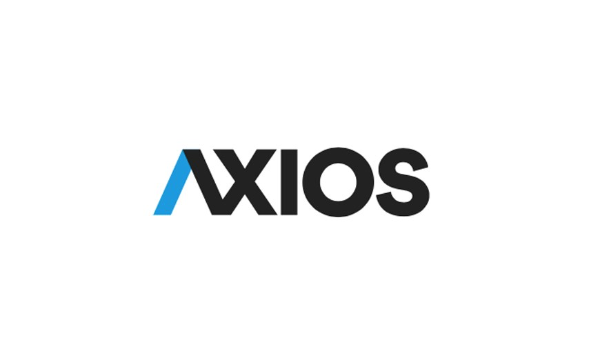
During a recent Supreme Court session, Justice Clarence Thomas raised concerns about applying a 1968 Supreme Court decision to modern internet-related cases. The case in question, Ginsberg v. New York, dealt with the sale of pornography in physical stores and the requirement for age verification.
Justice Thomas highlighted the significant differences between the 1968 case and current internet scenarios, where websites attract millions of users and generate billions of page views. He questioned the relevance of a precedent set in an era when the scale and nature of online platforms were unimaginable.
The central theme of the arguments revolved around the level of scrutiny that should be given to the Ginsberg case when considering the complexities of regulating online content. Thomas emphasized the challenges posed by regulating platforms with hundreds of millions of members and billions of visits, raising the crucial question of how much burden can be placed on adults' First Amendment rights.



The Ginsberg v. New York case, which allowed a law requiring magazine sellers to verify the age of potential purchasers, may not directly translate to the digital landscape where content consumption is vastly different and access is widespread.
As technology continues to evolve, the Supreme Court faces the task of adapting legal precedents to address the unique challenges posed by the internet age. Justice Thomas's remarks underscore the need for a nuanced approach to balancing free speech rights with the regulation of online content in a rapidly changing digital environment.







